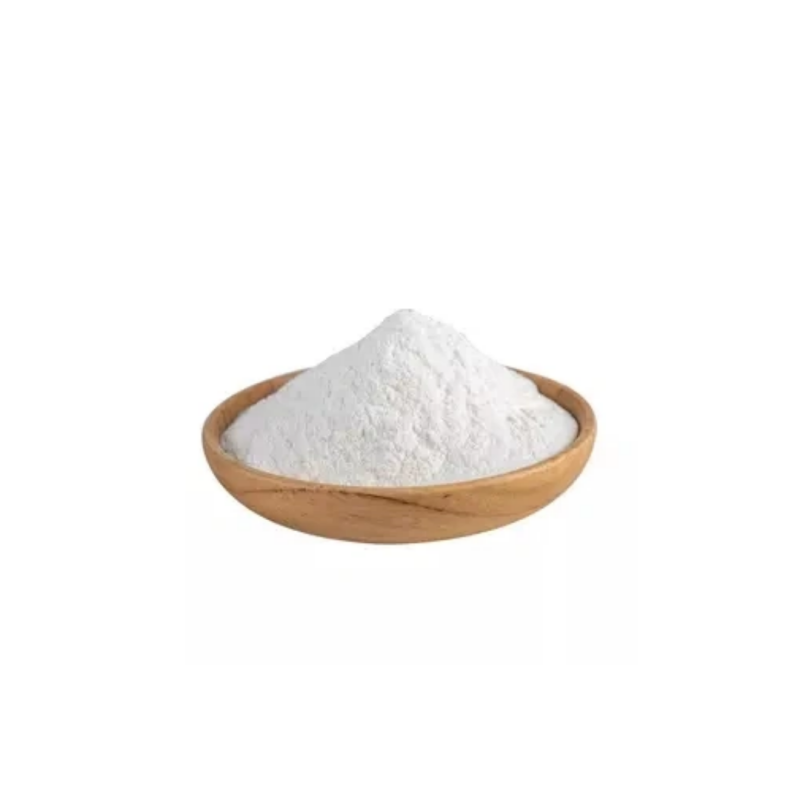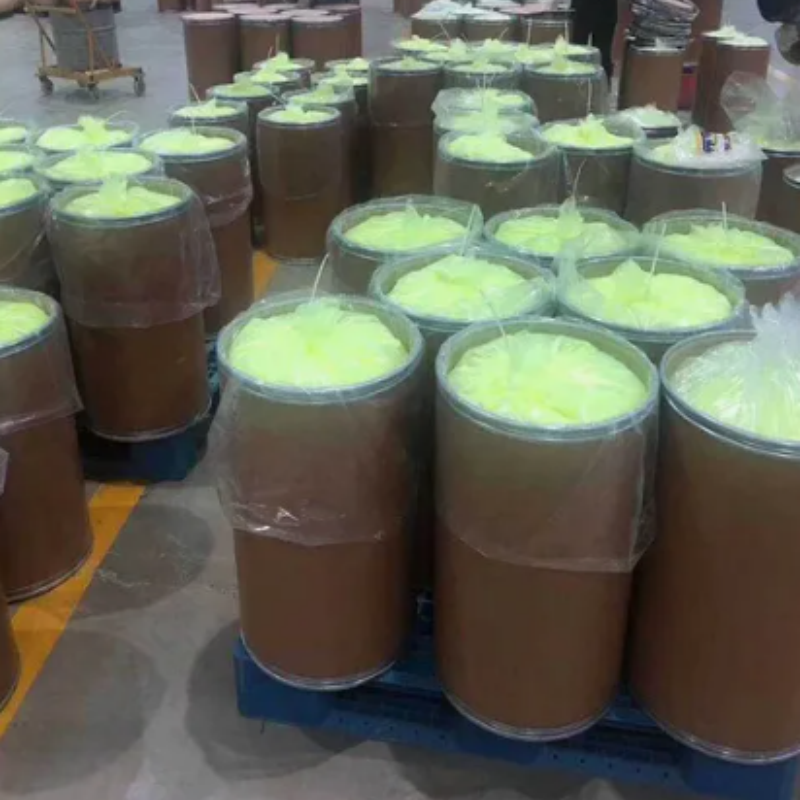-
Categories
-
Pharmaceutical Intermediates
-
Active Pharmaceutical Ingredients
-
Food Additives
- Industrial Coatings
- Agrochemicals
- Dyes and Pigments
- Surfactant
- Flavors and Fragrances
- Chemical Reagents
- Catalyst and Auxiliary
- Natural Products
- Inorganic Chemistry
-
Organic Chemistry
-
Biochemical Engineering
- Analytical Chemistry
-
Cosmetic Ingredient
- Water Treatment Chemical
-
Pharmaceutical Intermediates
Promotion
ECHEMI Mall
Wholesale
Weekly Price
Exhibition
News
-
Trade Service
Recently, the center of gravity of Shanghai rubber prices has shifted slightly upward, but the market still maintains a narrow range
of fluctuations between 11300-12300 points.
The narrowing of the current price spread in the previous period and the continuous decline in the inventory in the bonded area have limited the momentum of the decline of Shanghai rubber, but the short-term supply and demand fundamentals are changing, and the overall trend is weakening, and the market situation of Shanghai rubber may come under pressure
again.
Since the beginning of this year, the inventory of the bonded zone has been in the process of continuous decomposition, and has dropped from a high of 253,200 tons to 172,400 tons so far, and the overall decline is obvious and at a relatively low level, so it has brought certain support to the Shanghai rubber market
.
The decline in stocks in the bonded zone was mainly due to the export restrictions of major producing countries in the first three months of this year, and the overall domestic import volume fell sharply
.
In addition, due to the decline of Shanghai rubber in the early stage, the price spread was greatly repaired, and the driving force of arbitrage imports declined
.
According to data released by Thai customs, Thailand's natural rubber exports in April were about 504,200 tons, an increase of 42% year-on-year and 53%
month-on-month.
According to the time of cargo transportation and customs clearance, the arrival time of Chinese ports is concentrated in May and early
June.
As the main receiving port of natural rubber, Qingdao Port may have difficulties in warehousing under the limited storage capacity of the bonded zone
.
Therefore, the downward trend of inventory in the later bonded zone may end, and the inventory contradiction in the midstream is difficult to completely resolve
in the short term.
Recently, the operating rate of tire factories has remained at a relatively high level, downstream tire factories are in normal production, and factories still maintain the rhythm
of on-demand and pick-up.
Previously, tire factories increased production to accumulate inventory
.
In order to meet the upcoming small peak season of tire market demand, the operating rate of downstream plants remained high
.
With the Qingdao summit in June approaching, the recent downstream tire factory shutdown or production restriction arrangements have been gradually introduced
.
It is reported that tire companies in Qingdao have basically stopped production for the holiday, and the shutdown time is concentrated from May 28 to June 11
.
With traffic control, the logistics and transportation of raw materials in and around Qingdao will also be restricted, which will have a negative impact
on the downstream demand for rubber in the short term.
According to the seasonal law, the operating rate of tire factories in June will gradually decline from a high level to the off-season
.
Although the operating rate of tire factories is still at a high level, it is expected that the downward pressure will increase
in the later period due to the impact of short-term production shutdowns and off-season.
At present, the inventory of finished tire products is high, and it is difficult to have bright spots in tire terminal replacement demand, and it is difficult for tire manufacturers to press inventory to downstream distributors
.
Therefore, downstream demand will still be suppressed in the later stage, and the high operating rate will be unsustainable
.
From the recent survey of domestic production areas, due to the low price of rubber, the enthusiasm of rubber farmers to tap rubber has a certain impact, resulting in a decrease in the purchase of raw materials in the early stage of cutting this year, but there is no large-scale abandonment or felling phenomenon in the production area, and the stock production capacity still exists
.
In Thailand, the current price has not affected the output, the support of the cost side has not yet appeared, and the growth of gum trees is good, the weather in the production area is smooth and rainy, which is generally conducive to the production of rubber, and it is expected that the supply of raw materials in the later period will be relatively fast
.
From the supply side, the price of raw materials in the early stage of cutting will be supported, and the medium-term supply will still bring greater pressure to the rubber price, and once the rubber price rebounds sharply, it will stimulate the release
of production capacity.
Entering June and July, the supply side will increase significantly
.
The trend of supply increase this year is still relatively certain, and the supply expectation in the future market is still relatively loose
.
To sum up, with the expiration of the export restriction policy of the main producing countries, the domestic import volume will gradually increase in the later period, and the midstream inventory will end the downward trend
.
Due to short-term shutdowns or production restrictions and the arrival of seasonal off-season, downstream factory demand has a tendency
to weaken.
From June to July, the supply side will gradually increase, and the supply will still be loose
in the later period.
Therefore, the short-term Shanghai rubber fundamental support will gradually weaken, and the market will still be under pressure again, and it is recommended to sell short
below 12300 points.







